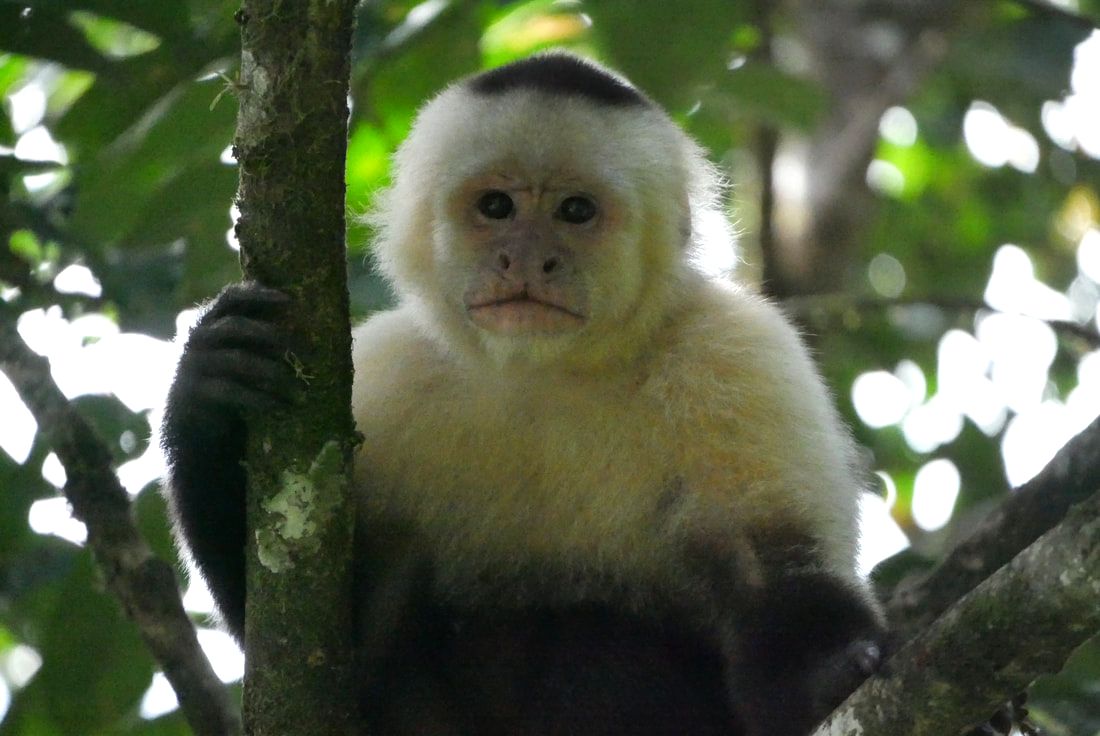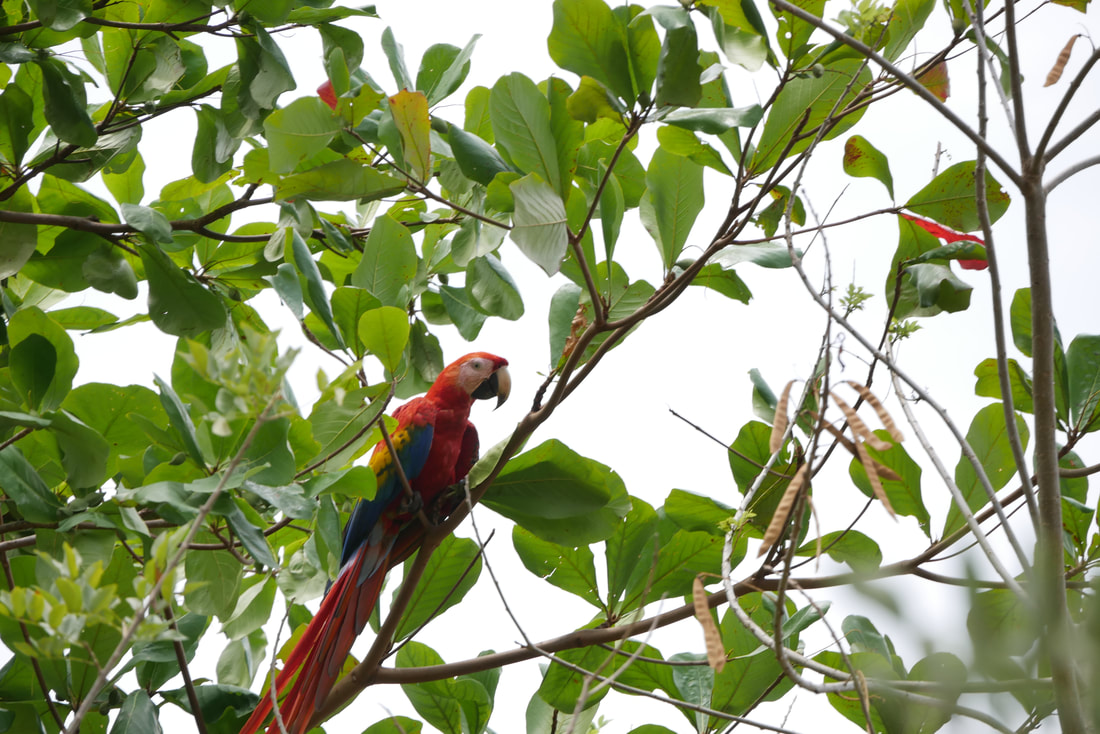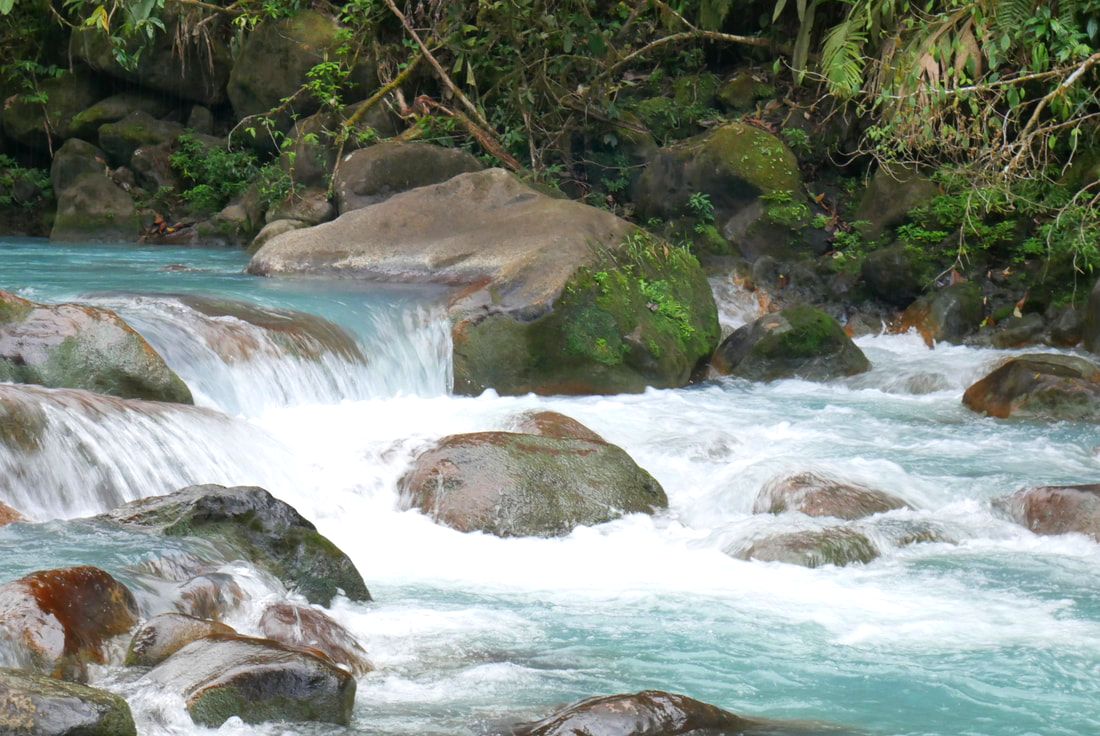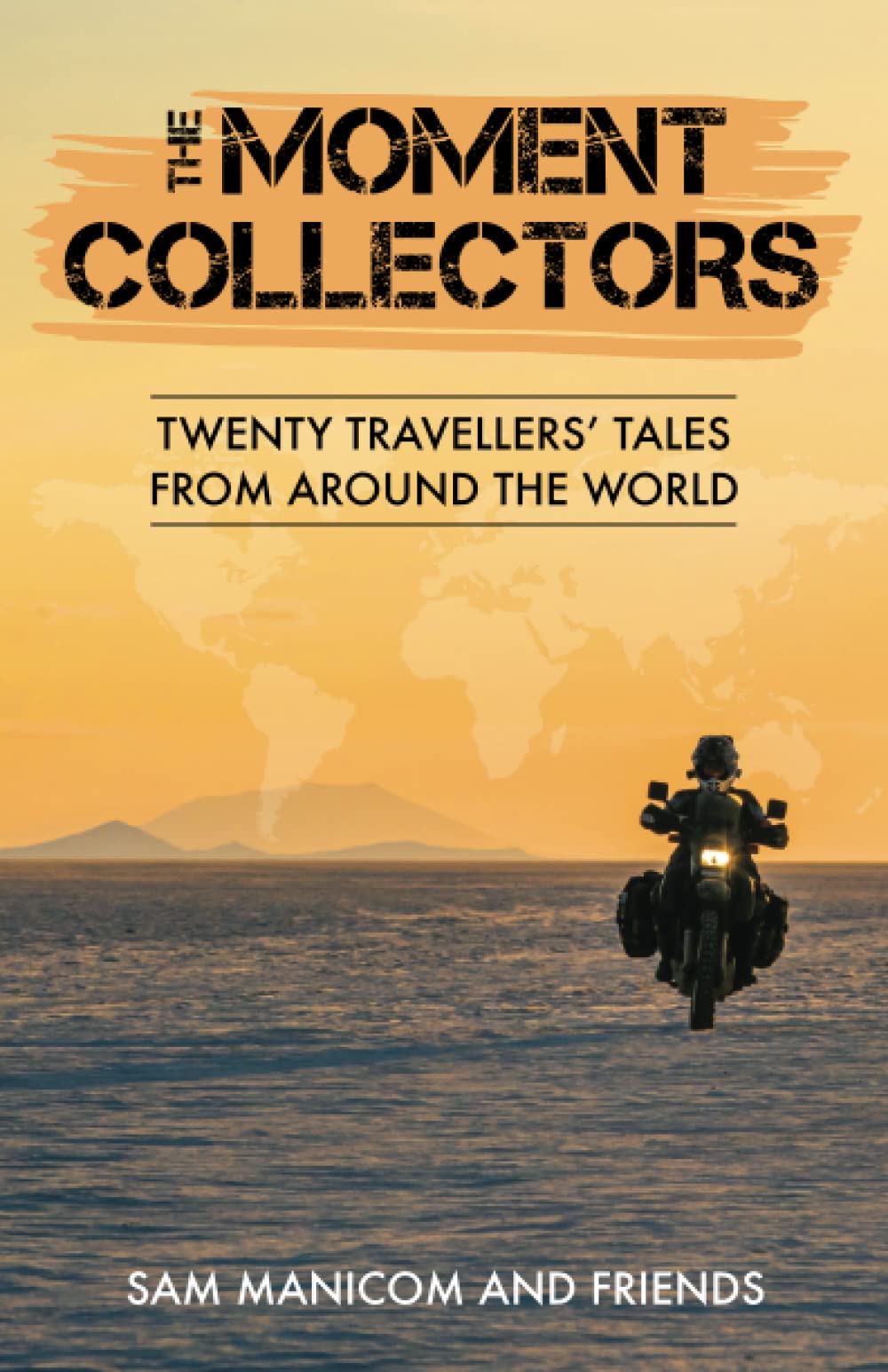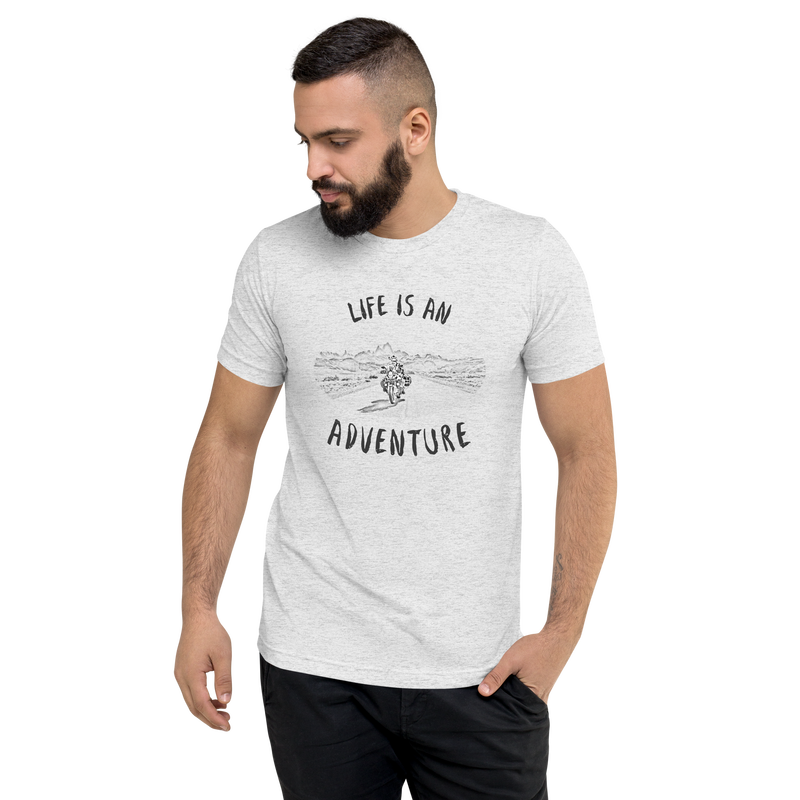By MarisaIf you can't see the video, find it here. Before visiting Costa Rica, I had high very hopes for it. This was due to the fact that a number of my college friends went there and came back raving about it, several of whom had life-changing experiences. Their stories of colorful reefs and thick rainforests, their pictures of sloths and parrots, and those smiles that lit up their faces every time they thought back on it, it all made me think that Costa Rica was a safe, clean paradise of ecological wonders in the Central American region. But that was a while ago, and I also heard more recently from fellow travelers that Costa Rica has become insanely touristy, extrmely expensive, and so overrun with wealthy Americans, that some people I'd talked to actually left the country early. So when Tim and I rode our motorcycle zig-zagging across Costa Rica, I wasn’t quite sure if I was going to fall in love with it, or hate it. First ImpressionsThe first thing that struck me about Costa Rica while coming across the border from Nicaragua, was the glass-fronted customs office with air-conditioning inside. Freshly-mopped floors, people were standing in lines, and there were signs on where to go. It was a real difference from the outdoor, grimy border crossings we were used to with begging children and computers from the 90's. And then once our passports were stamped, the roads into the country were perfectly paved with clear painted lines, guard rails, good signage, even reflective strips! And the best part, no trash along the sides of the roads! After traveling through Central America for so long, this was all very welcome for us. Our first stop in Costa Rica was the famous Místico Hanging Gardens near Arenal Lake and Volcán Arenal. This well-maintained park has trails through an incredible section of rainforest, complete with hanging bridges that give you a unique perspective of the canopy. It is expensive for sure (we spent more than $50 to enter), and even though guides are highly recommended in order to point out the wildlife that you would otherwise miss, we simply could not afford a guide (would have been $80 for the two of us). Luckily, we were still able to see white-faced monkeys, an owl, a python, but did not see the sloth of our dreams that we had been hoping for, but it's not a zoo, only the wild, so we just weren't lucky. Overall, I felt the experience was worth the money as a truly atmospheric introduction to the rainforest and all its majesty, but we left feeling a little unsatisfied, not just because we didn’t see a sloth and our pockets were now much emptier, but because this initial glimpse at Costa Rica proved to be the touristy, expensive, Disney World-like version that I had feared Costa Rica had become. Noemy's FarmIf you can't see the gallery, you can check it out here. Thankfully, luck was again on our side, as our next stop was an Airbnb/Workaway organic farm run by a local woman named Noemy. This turned into the perfect antidote to our dissatisfaction of the Místico Hanging Gardens, because this farm had its own patch of rainforest full of sloths, huge iguanas, poisonous frogs, and incredibly-colored toucans. And because we were staying in a cabin tucked into the thick foliage, and were helping out with the garden, feeding the chickens, and shucking beans, we really felt that this was the authentic Costa Rican experience that we were looking for. The mornings were perfectly misty, the midday was steamy hot, and the evenings were glittering with the biggest fireflies I have ever seen. It felt magical, and we will forever cherish our time at Noemy’s farm. Cahuita and the CaribbeanSince we had been hanging out in the jungle now for quite some time, we decided the perfect place to cool off would be the calm waters of the Caribbean coast. There are two major places that tourists mainly visit along Costa Rica’s Atlantic coastline: Limón, the larger resort-like port, and Cahuita, the laid-back Jamaican-style town next to a National Park by the same name. So of course, being more our pace, we set our tires straight for Cahuita. The town itself reminded me a bit of Playa Del Carmen in Mexico: an expensive beachside place completely built around the American tourists that come to spend their money, walk around in bathing suits, and get drunk. But Cahuita NP was a dream come true: a long stretch of coastal forest where capuchin monkeys are everywhere (and got quite up-close and personal to us), raccoons march around looking for food, and the swimming in the waves is truly heavenly. Cahuita National Park charges no fees (but takes donations), and was easily walkable from our hotel room. San Jose and its Surrounding HillsAfter all that farm work and swimming, we decided to take a week or more to get caught-up on our computer work and get the bike serviced. So after a very rainy ride to Costa Rica’s capital city, San José, we got a new front tire on the bike, Tim bought a new helmet that actually fit him, and then we spent a week in the hills at an Airbnb with a view out of this world. At this point, I had made up my mind about whether I loved or hated Costa Rica, and I was definitely in the “I love it” camp. I was thoroughly convinced that although Costa Rica can be quite expensive, if you know where to look, it can be on-par with other Central American countries as far as cost. And again, once off the tourist track a bit, Costa Rica's national parks, forests, and coastlines are some of the best-maintained, cleanest, and most beautiful we have come across. Our time in Costa Rica was coming to a close, so in order to complete our Costa Rica experience before heading into Panama, we wanted to go to a place that everyone recommended: Marino Ballena National Park on the Pacific Coast Ballena means whale in Spanish, and it’s named after a whale because the beach itself actually looks like a whale tail sticking into the ocean. We had to check the tide chart to make sure we got there at low tide in order to walk across to the whale tail, but even at high tide the beach would be picture perfect and the waves are fun to swim in. Once the tide was low enough to cross onto the “tail”, we found it to be a rocky and barren stretch of tidal pools that were beautiful in an austere way. Sunscreen is a must since the tail portion of the beach has no shelter or trees. In ConclusionSo was Costa Rica as amazing as I had hoped it would be? Yes! And although it can be very easy to slip into the tourist traps and spend all your money, with a bit of effort, Costa Rica can be as rewarding and authentic as you want it to be. We were immersed in rainforest, swimming in crystal waters, and got to see monkeys, iguanas, countless birds and butterflies, and our absolute favorite: sloths in all their laziness. It was an unforgettable experience, and I recommend it to anyone who loves the tropics, beaches, interesting wildlife, and nature. A bit of background on Costa RicaAs I’ve come to learn, Costa Rica’s government has been under the U.S.’s wing for quite some time (since the 60's), receiving lots of foreign aid every year until it graduated from the program in 1996. But because of this close friendship, Costa Rica has earned some resentment from its northern neighbors, especially Nicaragua, which feels they have been unfairly shunned by the U.S., at least from what I gathered from Nicaraguan locals. Costa Rica has also not joined the CA4 agreement (Guatemala, El Salvador, Honduras, and Nicaragua) which allows for easy and free movement of its citizens throughout the region. Though Costa Rica does take in a fair amount of refugees and asylum seekers from Latin America, compared to the CA4 countries, Costa Rica is seen as having closed their doors on Central Americans. And when you travel through Central America, you do feel the difference once crossing into Costa Rica, like you’ve entered a whole new land: a privileged place that has to work constantly at keeping its squeaky-clean reputation for the tourists, even if that means isolating itself off from its neighbors. But Costa Rica’s greatness is not all due to U.S. and foreign money coming in. Since its civil war in 1948, the government has adopted a strong stance for peace and demilitarization. Since then, Costa Rica has completely demilitarized, meaning they spend 0% of their GDP on the military, a shocking move in a region wracked by military coups and armed violence. But even without an army (or perhaps because of it), Costa Rica remains one of the safest countries in Latin America, and has inspired Panama to follow suit in demilitarization. Costa Rica has made other great social improvements, and is known for its highly educated workforce, its progressive environmental policies (they have plans to become carbon-neutral by 2021), and has a healthcare system ranked higher than the U.S.’s. For me, I was excited to visit a country that had no military, and a stable democracy that is surrounded by developing nations that are often overcome with violence and government instability. And Costa Rica did not disappoint. I believe that Costa Rica can be an inspiration not just to its neighbors, but to the world, at how even a tiny country in a volatile region can become safe, healthy, environmentally friendly, and prosperous. Dive Deeper into the Journey! |
Follow UsRide with us from Chicago to Panama!
2Up and Overloaded Get inspired by the tale that started it all:
Maiden Voyage 20 author's tales of exploring the world!
The Moment Collectors Help us get 40 miles further down the road with a gallon of gas!
Become a Patron for early access to our YouTube Videos!
Subscribe to our YouTube Channel!
Subscribe to our Blog by Email
|
2Up and Overloaded
Join our clan of like-minded adventurers...
Proudly powered by Weebly
Designed by Marisa Notier

